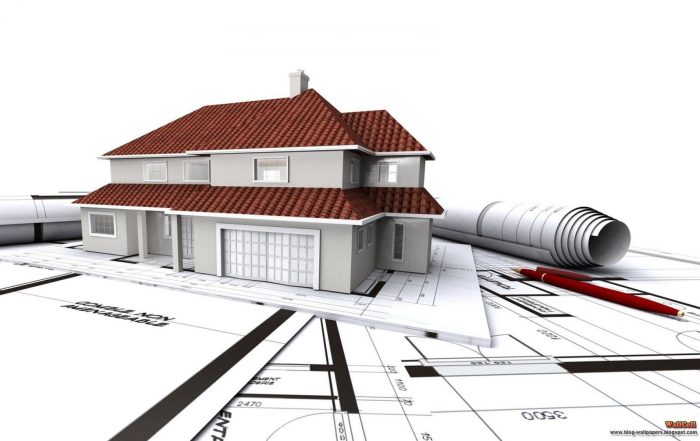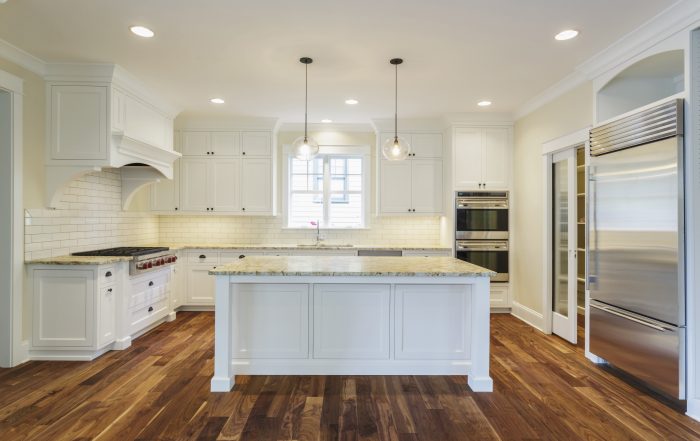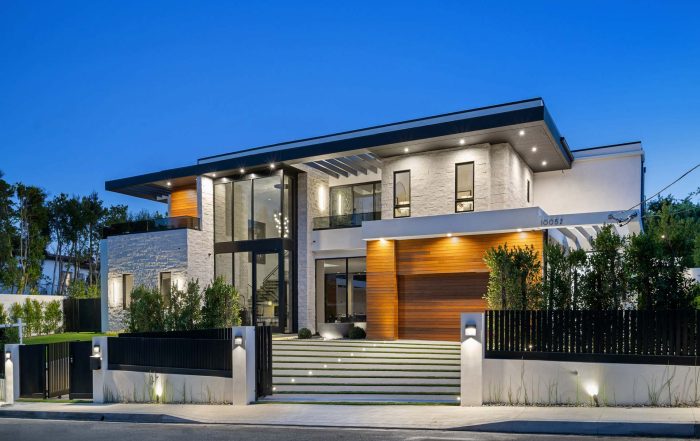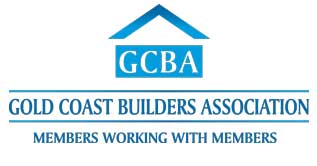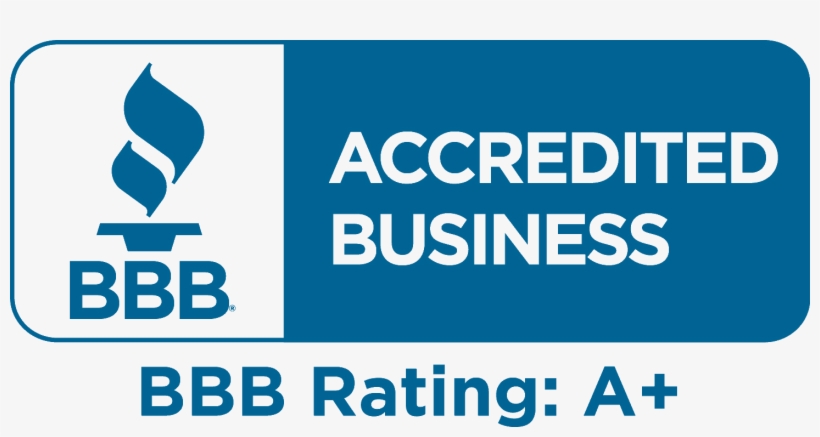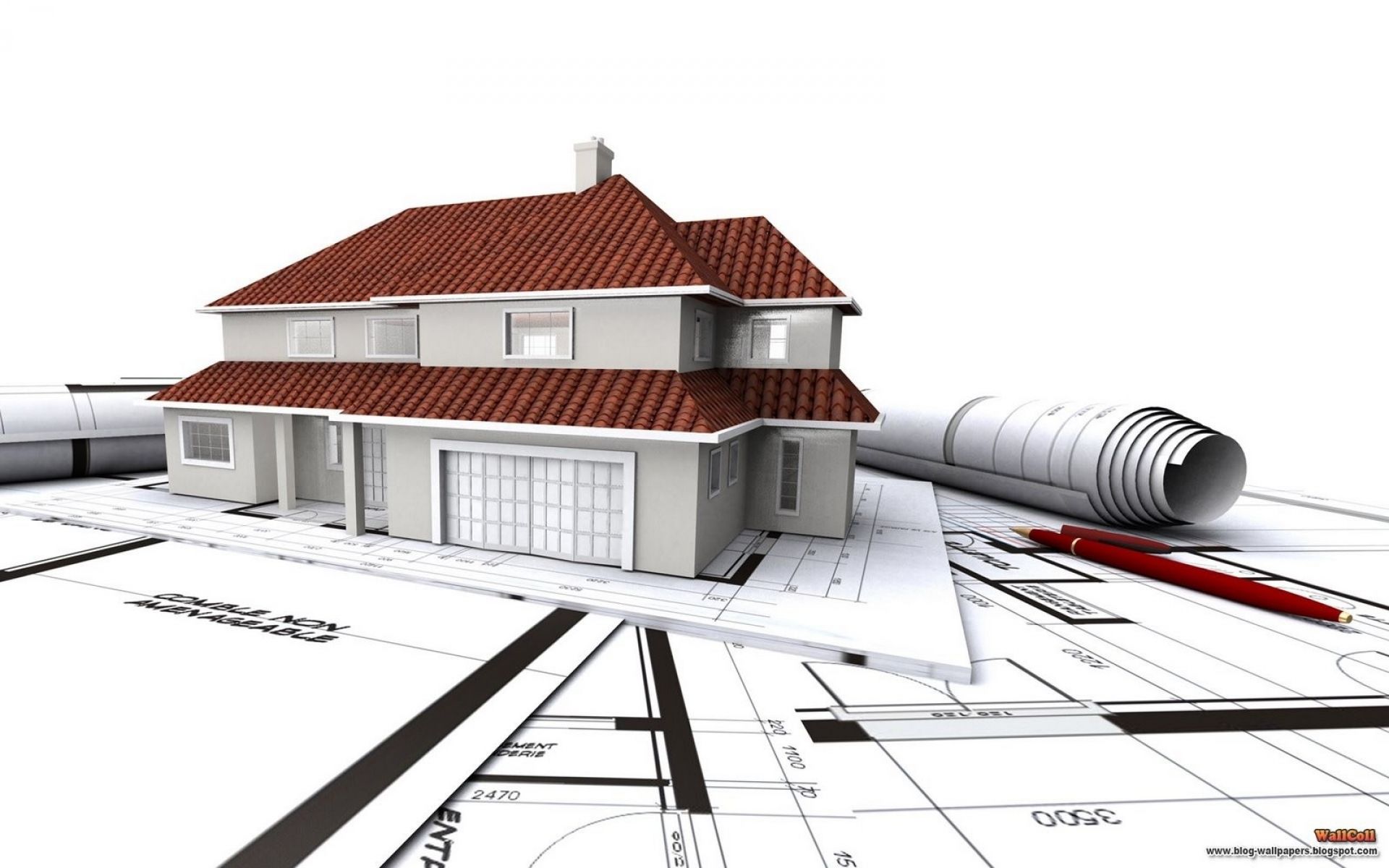
From Vision to Reality: How to Save Smartly for Your Custom-Built Home
Introduction
Building a custom home is a dream for many, representing a personal sanctuary tailored to individual tastes and lifestyle needs. However, transforming this vision into reality requires not only passion and creativity but also a strategic financial plan. The journey from concept to construction can be daunting, especially when it comes to budgeting and saving. This blog section will guide you through the essential steps to save smartly for your custom-built home, ensuring that your dream remains within reach without compromising on quality or design.
Setting Your Vision
Before you can start saving, it’s crucial to articulate your vision for your custom home. This involves more than just choosing a style or layout; it requires a comprehensive understanding of what you want your living space to reflect about your lifestyle. Consider factors such as the number of rooms, the flow of the space, outdoor areas, and energy efficiency. Create a vision board that includes images, color palettes, and materials that resonate with your aspirations. This visual representation will not only inspire you but also serve as a reference point as you move forward with the planning and budgeting process.
Engaging with a qualified architect or designer early in the process can also help refine your ideas. They can provide insights into what is feasible within your budget and guide you in making informed decisions about materials and design elements. Remember, the clearer your vision, the more effectively you can allocate funds toward achieving it. This foundational step will set the tone for your entire project and ensure that your savings efforts are aligned with your ultimate goals.
When you decide to move forward with a custom-built home, it can be helpful to research local builders who specialize in this type of construction. Saving for a custom-built home is an important aspect of the journey. Many people dream of owning a custom-built home where every detail reflects their personality.
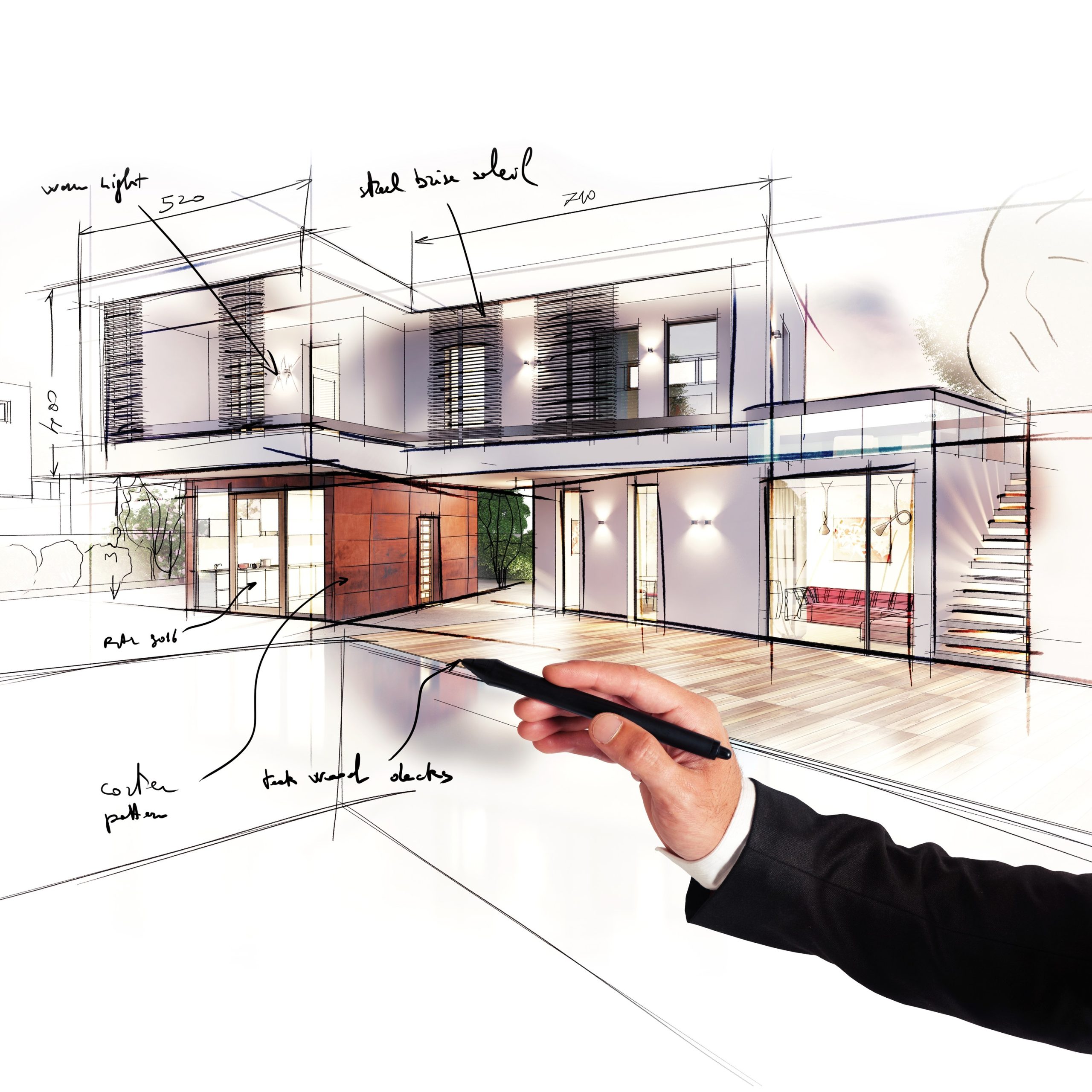
Creating a Realistic Budget
Once your vision is established, the next critical step is creating a realistic budget. Begin by researching the average costs associated with building a custom home in your desired location. Factors such as land prices, construction materials, labor costs, and permits can vary significantly by region, so it’s essential to gather accurate data. A comprehensive budget should encompass not only the construction costs but also additional expenses such as landscaping, interior furnishings, and contingencies for unexpected costs.
To create a detailed budget, break down the overall costs into categories, including land acquisition, design fees, construction, and finishing touches. It’s also wise to set aside a contingency fund, typically around 10-20% of the total budget, to cover any unforeseen expenses that may arise during the building process. This proactive approach will help you avoid financial stress and ensure that you remain on track throughout the project. Additionally, consider consulting with a financial advisor or a builder who can provide insights into the budgeting process and help you identify areas where you can save. Creating a budget for your custom-built home is essential to ensure you stay within financial limits.
Savings Strategies
With a clear budget in place, you can now implement effective savings strategies to accumulate the necessary funds for your custom home. Start by assessing your current financial situation, including income, expenses, and existing savings. Identify areas where you can cut back on discretionary spending, such as dining out, subscription services, or luxury items. Redirect these savings into a dedicated home-building fund to accelerate your progress.
Creating a separate savings account specifically for your home project can also be beneficial. This not only helps you track your savings more effectively but also keeps your funds distinct from your everyday expenses. Consider setting up automatic transfers to this account to ensure consistent contributions. Additionally, explore high-yield savings accounts or certificates of deposit (CDs) that can offer better interest rates on your savings, allowing your money to grow while you prepare for your build.
Another effective strategy is to take advantage of windfalls, such as tax refunds, bonuses, or inheritances. Rather than spending this money, consider allocating a portion or all of it to your home fund. Furthermore, if you have skills in areas such as carpentry or design, consider taking on freelance projects to generate extra income specifically for your home savings. Evaluate your current finances to determine how much you can allocate towards your custom-built home.
Cutting Costs Without Compromising Quality
While saving is crucial, it’s equally important to find ways to cut costs without sacrificing the quality of your custom-built home. Begin by prioritizing your needs versus wants. Focus on the elements that are essential to your vision and lifestyle, and be willing to compromise on less critical features. For example, you might choose to invest in high-quality kitchen appliances while opting for more budget-friendly cabinetry.
Another approach is to consider alternative materials that offer similar aesthetics at a lower price point. Research innovative building materials that are both cost-effective and sustainable. Additionally, sourcing materials locally can often reduce transportation costs and support your community. Collaborating closely with your builder during the design phase can also yield cost-saving opportunities, as they may have recommendations for efficient building practices or preferred suppliers that can help you save.
Timing can also play a significant role in cost management. If possible, consider building during off-peak seasons when labor and material costs may be lower. This requires careful planning and flexibility but can result in substantial savings. Lastly, don’t hesitate to negotiate with contractors and suppliers. Building relationships with professionals in the industry can lead to better pricing and more favorable terms. Focus on investing in quality materials for areas of your custom-built home that will see the most use, Choosing the right features for your custom-built home can significantly impact your overall satisfaction.
Financing Options
Understanding your financing options is a vital component of your overall strategy for building a custom home. Traditional mortgages may not always be the best fit for new construction projects, so it’s essential to explore various financing avenues. One popular option is a construction loan, which provides funding specifically for the building process. These loans typically convert to a traditional mortgage once construction is complete, allowing you to manage your payments more effectively.
Another financing alternative is a home equity line of credit (HELOC) if you already own a property. This option allows you to tap into your home’s equity to fund your new build. However, it’s essential to weigh the risks and ensure that you can manage the additional debt responsibly. Additionally, some lenders offer specialized loans for custom homes, which may provide more favorable terms tailored to your project’s unique needs.
Before proceeding with any financing option, it’s crucial to shop around and compare rates from different lenders. Obtain pre-approval to better understand your budget and enhance your negotiating power with contractors. A solid financial foundation will not only facilitate the building process but also provide peace of mind as you work toward your dream home. Many financing options are available for those looking to build a custom-built home.
Tracking Your Progress
As you embark on the journey of building your custom home, tracking your savings and expenses is essential to ensure you remain on target. Utilize budgeting tools or apps that allow you to monitor your financial progress in real-time. Regularly review your budget to assess whether you are on track with your savings goals and make adjustments as necessary.
Establish a timeline that outlines key milestones in both your savings and building process. This will help you stay focused and motivated as you see your progress unfold. Consider creating a visual representation of your savings goals, such as a chart or graph, which can serve as a daily reminder of your commitment to your vision.
Additionally, maintain open communication with your builder and financial advisors. Regular check-ins can help you stay informed about any changes in costs or timelines, allowing you to adjust your budget accordingly. By actively tracking your progress, you can make informed decisions and ensure that your dream home remains within reach. Staying organized is crucial during the process of creating your custom-built home.
Conclusion
- Embrace the journey of creating your custom-built home, and enjoy every moment of the process.
- By focusing on your goals, the dream of a custom-built home is achievable.
- In conclusion, a well-planned journey towards your custom-built home will yield the best results.
- Your custom-built home will be a testament to your hard work and planning.
- Stay committed to your vision for your custom-built home, and take each step with intention.
- With careful planning and dedication, your dream of a custom-built home can become a reality.
- Remember, the journey to your custom-built home is as important as the final product.

